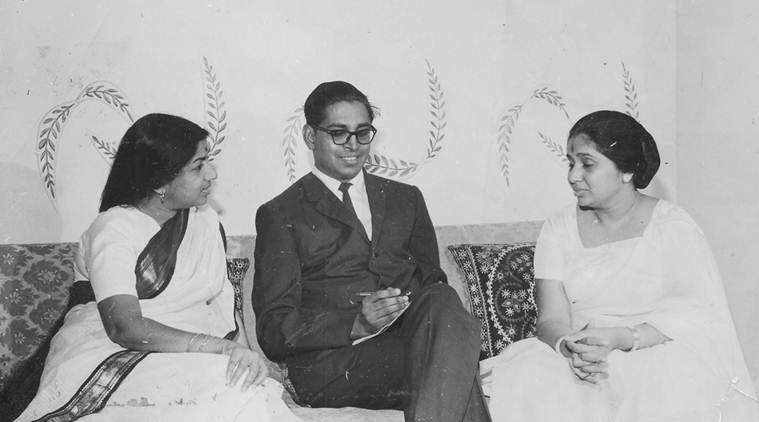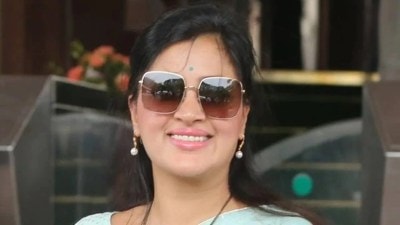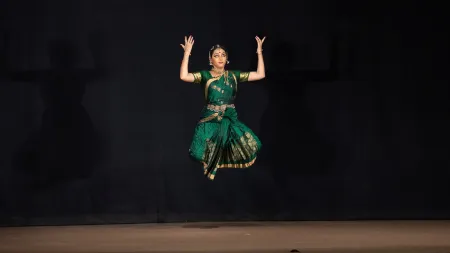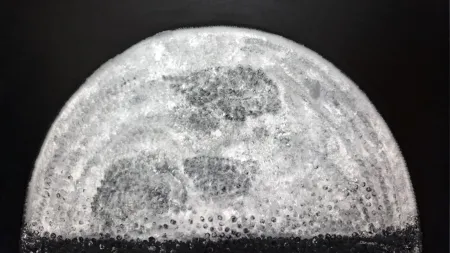- India
- International
‘There was a ruthlessness in the relationship between the sisters’
Raju Bharatan, 82, the grand old man of Hindustani film music writing in India, on his new biography of Asha Bhosle and the rivalry between the Mangeshkar sisters.
 For the five years that SD Burman didn’t work with Lata Mangeshkar, Asha Bhosle benefitted, says Raju Bharatan.
For the five years that SD Burman didn’t work with Lata Mangeshkar, Asha Bhosle benefitted, says Raju Bharatan.
You aren’t an Asha Bhosle fan. You’ve always rated Lata Mangeshkar higher. So what made you delve into her life in Asha Bhosle: a Musical Biography (Hay House, Rs 599)?
I’m a Lata Mangeshkar acolyte, yes. Which is why it’s taken me so long to write Asha’s biography. I finished my Lata biography in 1995 and this one in August, 2016. In between, I wrote Naushadnama, composer Naushad’s biography. It is not that I do not admire Asha. I admire her for the sheer courage and guts with which she faced extremely trying circumstances. She never gave up and gradually found her own footing. That admiration was reason enough to pen a biography of this wonderful singer.
You were a part of the music industry in the 1950s and 1960s in what’s referred to as its golden era. You were sitting in on recording sessions, spending time with composers and singers, eavesdropping on conversations. What was Asha Bhosle’s world like? How did she become a phenomenon?
Let’s be frank. Asha Bhosle was no phenomenon to begin with. She was a struggler. I saw her as a struggler. That’s why in the book I began with how she struggled to find good work. If producers were not using Lata, they would say use Geeta Dutt or Shamshad Begum. Asha didn’t even feature in the list. So she sang what she got. In fact, she sang more than any other singer, including Mohammad Rafi, who was absolutely prolific. Her Marathi-Hindi diction was a problem, she didn’t work on her Urdu like Lata did. She had a rough marriage.
This was until OP Nayyar, a tyrant, took her under his wing. Because Nayyar had a score to settle with Lata, he decided on using her sister’s voice for his compositions. Nayyar spotted the fact that Asha was strong in the low notes. He was a Punjabi from Lahore, whose grip on Urdu was really strong. The breakthrough came with Naya Daur. Maang ke saath tumhara and Ude jab jab zulfein became big hits.

She found success and was some kind of competition to Lata. When Lata had a falling out with SD (Burman), he used Asha in Nau Do Gyarah. For the five years that SD didn’t work with Lata, Asha benefitted. The phenomenon, as we know it, is probably RD’s (Burman’s) creation. To me, Asha emerged as a brilliant singer with OP Nayyar and SD and RD. Mera kuch samaan tumhare paas pada hai for RD and Gulzar in Ijaazat is one of her finest renditions, something she delivered, perhaps, better than Lata. But no, she was never a phenomenon. Lata never let anyone get there.
The first 50 pages of your book are on the rivalry between the two Mangeshkar sisters.
I had to take note of the fact that there was some ruthlessness in the relationship between the two sisters.
Lata and Asha grew up in the same house, just three years apart, and were competitive even as kids. When Lata found attention and popularity, displacing every female singer in the music industry, Asha wanted to do the same. In the 1950s and ’60s, Lata charged Rs 500 for a song, unheard of in the industry, while Asha had to settle for Rs 100-150. While Lata chose what to sing or whom to sing for, Asha did not have that luxury. It rankled. If Asha performed live, Lata never attended her shows — something that would infuriate Asha. The lack of encouragement and musical support from an older sister turned matters worse. Asha took it upon herself to prove herself.
But Lata never let go of the top position. The only songs she wasn’t singing were performed by Geeta (Dutt). Until Geeta began having problems with Guru Dutt, there was no real opening for Asha. She also drew close to Pancham (RD Burman), who had come up with a new style of his own. But even he gave some of the more nuanced numbers to Lata. Asha never liked that and complained often. She even refused to sing the fast numbers, saying that she could sing what her sister could. But RD refused to compose the cabarets if Asha wouldn’t sing them and she relented.
Through several years, Lata sang for the “pure” Indian woman on screen, while Asha was the voice of the vamp. Did the emergence of the independent, modern woman have to do with Asha finding work in the 1970s?
Absolutely. Lata was brilliant but she was the voice of the meek heroine in white. Even the romance of those days needed the heroine to be coy. Lata’s vocal image was perfect for that. As films began reflecting a changing India, composers like RD Burman began to capitalise on that. The cabaret song was a free woman’s song, the one who was no more confined to the four walls of the house and Asha sang that with much aplomb. To the generation of the 1970s and 1980s, Asha was a superior singer, even more versatile. The heroine she sang for was expressive and spoke her mind. Her duets with Kishore Kumar broke the mould too.
You did not approach Asha Bhosle for the book, even though you and your wife have known her and the Mangeshkars really well.
It was a conscious decision to not approach Asha for the book. I did think about speaking to her a couple of times, but then decided against it. I knew the moment I would approach her, I could get into trouble. If it was just about dealing with Asha, I could’ve just rung her up, but today you have to deal with the whole family and legal battles can ensue. So I wanted her to see the book only when it came out.
What do you plan to work on now?
A book on Indian cricket.
Apr 16: Latest News
- 01
- 02
- 03
- 04
- 05


































